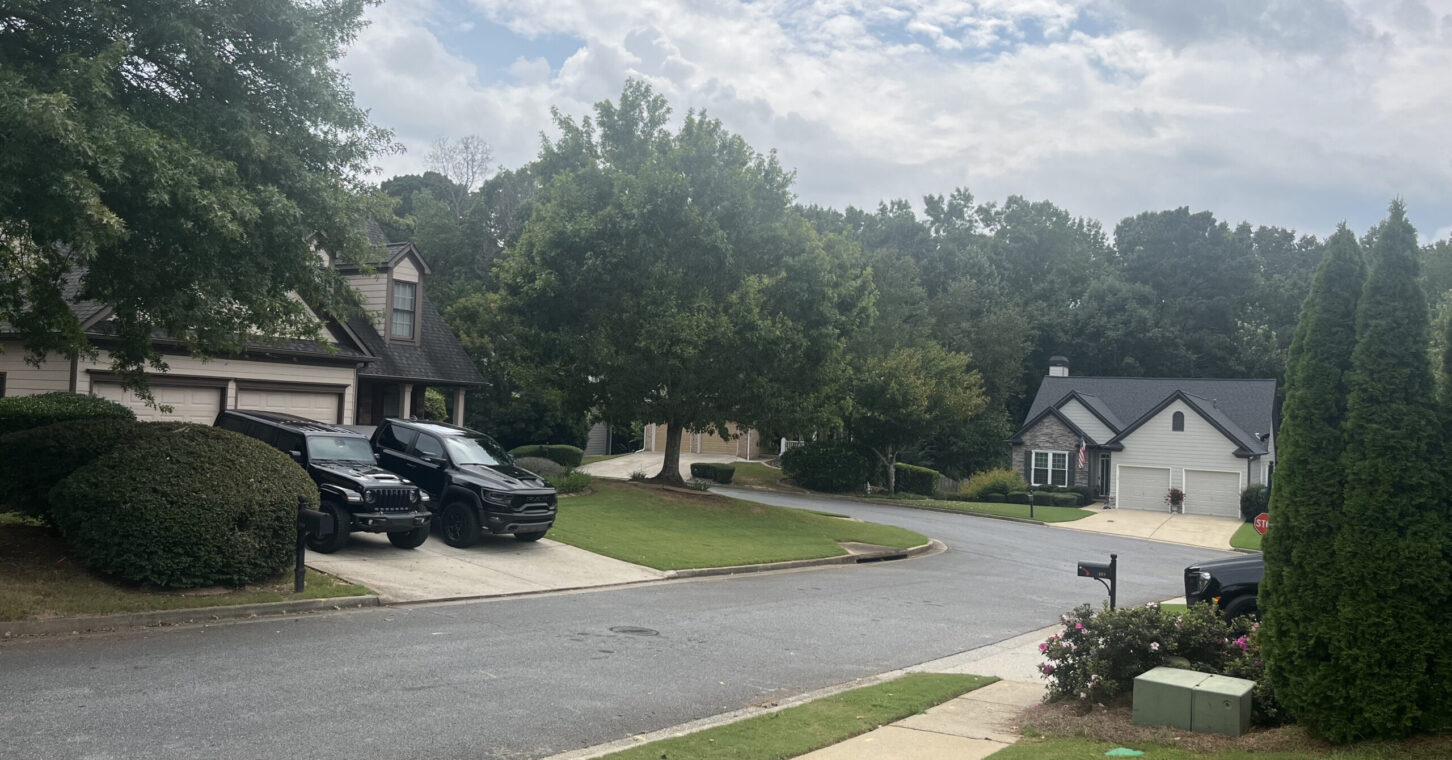
The Georgia Public Policy Foundation has released a new study of the lot and home size minimums enforced throughout the state. The study analyzes dimensional requirements in 157 of Georgia’s 159 counties, 126 of its county seats and 83 of the 92 municipalities within the metro Atlanta area.
Local governments typically enforce minimum requirements for how small individual lots and dwelling areas can be. These requirements are usually outlined in zoning ordinances and can vary greatly across communities. Cities and counties use zoning ordinances to dictate how land is used, whether for residential, commercial, agricultural or manufacturing purposes. The Foundation’s interest in lot and home minimums is based on how they affect supply.
Enforcing minimum requirements on lot and home sizes is necessarily a limit on housing supply and density. Limiting supply increases housing costs in high demand areas. A challenge for effective city planning is creating districts that do not stress public infrastructure or negatively impact the environment while also avoiding unnecessary or arbitrary limits on housing supply.
Georgia is a fast growing state, and economic development has recently been focused on rural areas. A lack of housing access and affordability could have far-reaching consequences for Georgia’s continued economic development, not to mention home builders and home buyers.
There is a wide variance of minimum lot and home sizes across Georgia and within the districts studied. This study focuses on each local government’s single-family residential district with the largest minimum dimensional requirements. The minimums listed are almost never representative of their entire jurisdictions. As such, readers might identify a certain city or county with different lot and home size minimums than what is accounted for in this study. These particular districts were highlighted because they present the biggest obstacle to homebuilding and were specified only if they do not meaningfully differentiate themselves from other single-family residential districts in their respective zoning ordinances.
When analyzing lot sizes, the study uses the standard recommended by the Georgia Department of Public Health (DPH) as a reference point. This is 43,560 sq. ft. (one acre) for properties with septic tanks and 21,780 sq. ft. (one half-acre) for properties using public water and sewage. Many local governments also use this standard when assigning their lot minimums. This study found 31 counties, eight cities in metro Atlanta and six county seats that contained single-family residential districts with minimum lot requirements above the DPH’s standard. This means fewer homes can be built in these jurisdictions. There were 50 counties, 60 cities in metro Atlanta and 87 county seats where the single-family residential districts with the highest minimum lot requirements fell below the DPH’s standard. In these jurisdictions, more homes may be built.
Minimum home requirements are more complicated. There is far more variance in regulatory guidance, and there are far fewer minimum home size requirements enforced and readily available. However, the study used 1,000 sq. ft. as a reference point based on existing research and the current policy landscape. We found 16 counties, 30 cities in metro Atlanta and 25 county seats that contain single-family residential districts with minimum home size requirements above 1,000 sq. ft. This means homes may be relatively more expensive to build, all else being equal. There were eight counties, three cities in metro Atlanta and 6 county seats containing single-family residential districts with minimum home size requirements below 1,000 sq. ft. This may allow for less expensive homes to be built.
Determining the rationale for dimensional requirements is just as important as highlighting districts with notably high or low minimums. As it turns out, many districts with high minimums have similar language in their ordinances. For example, the R-1 districts in county seats Leesburg, Greenville and Danielsville encourage single-family residential character and undeveloped land where it is desirable and likely that similar development will occur. Leesburg’s ordinance additionally lists discouraging traffic and interferences to public services as a part of the R-1 district’s purpose.
Lee County is one of two single-family residential districts with lot minimums of five acres, far exceeding the DPH standard. Lee’s ordinance encourages low density and “rural characteristics” and “the county’s need to preserve and support the existing public infrastructure.” Rural characteristics are frequently cited as a reason for high lot minimums.
The stated purposes of zoning districts are typically more relevant to minimum lot size than minimum home size; however, there are exceptions where a home size minimum uniquely qualifies a district’s purpose. Most districts simply state intent to provide for a category of housing. One example of a unique purpose is Lawrenceville’s R-60 district. This district “is intended to allow the construction of large homes on very small lots … to provide an area for the development of large homes which require very little outdoor maintenance … such homes would be desirable for elderly, retired, handicapped and other citizens who desire a substantial home and prefer that the home not have a large exterior lot for care and maintenance.”
It should be noted, again, that the minimums listed in this study are almost never representative of an entire district’s zoning practices, and that most districts fall below rather than above the standards used. Still, these minimums highlight significant restrictions on homebuilding. A lack of access and affordability is expected to remain an ongoing concern for a state that is estimated to face a shortfall of more than 364,000 housing units.
Districts with large dimensional requirements are enforced for reasons ranging from infrastructural integrity to rural character, and determining whether those justify certain requirements is in many cases a subjective exercise.
The study recognizes that differences between and within jurisdictions inevitably lead to variance in zoning goals. It also notes that Georgia’s local governments do not appear to habitually encourage low density, as more districts fell below rather than above the dimensional standards used. However, given the economic realities and population expectations faced in Georgia today, some local governments may soon need to reevaluate their ordinances to allow for greater housing supply.